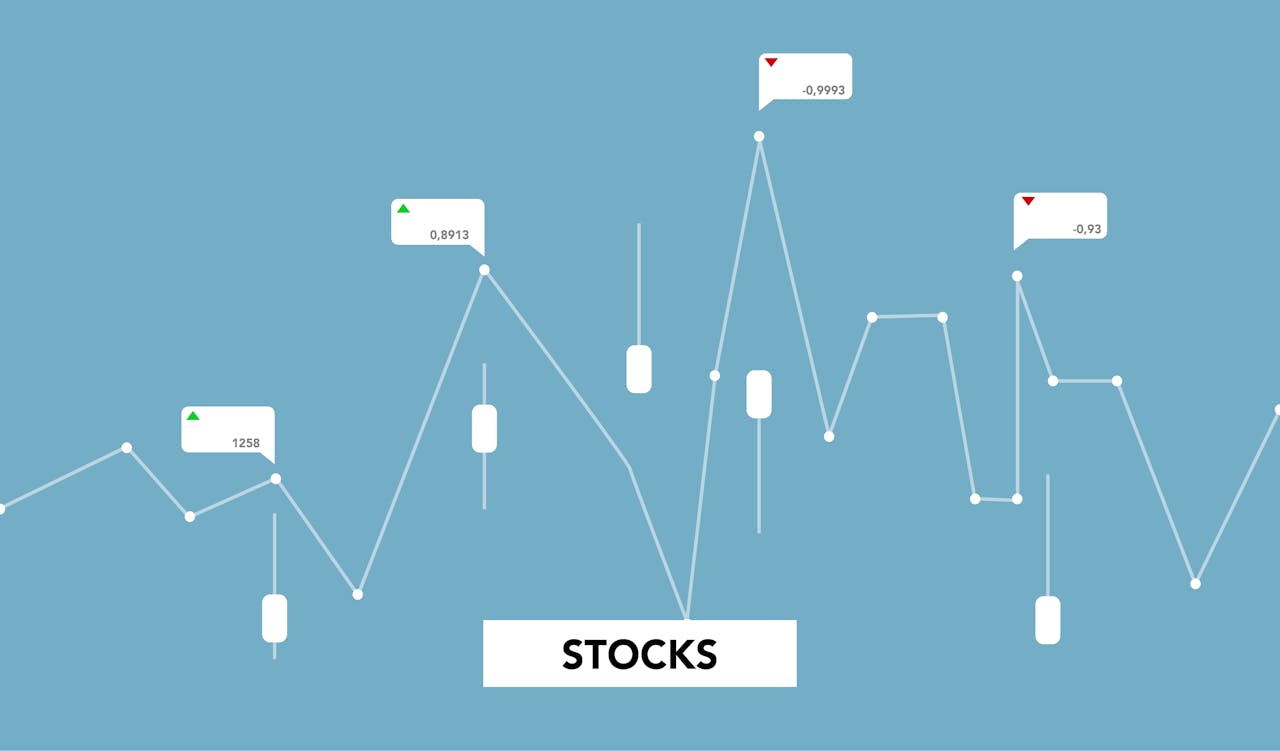Dividends play a significant role in the world of investing, acting as a key component of total returns for many investors. Understanding dividends—what they are, how they work, and their impact on investment strategies—can enhance your investment portfolio and financial well-being. This essay explores the importance of dividends, their types, the benefits they offer, and how they fit into various investment strategies.
What Are Dividends?
Dividends are payments made by a corporation to its shareholders, typically derived from the company’s earnings. These payments can take various forms, such as cash dividends, stock dividends, or special dividends, and are usually distributed on a regular schedule—quarterly, semi-annually, or annually. Companies that pay dividends often do so to share profits with their shareholders, signaling financial stability and a commitment to returning value.
Types of Dividends
- Cash Dividends: The most common form of dividends, cash dividends are paid directly to shareholders in cash. Investors often receive these payments through their brokerage accounts.
- Stock Dividends: Instead of cash, companies may issue additional shares to shareholders. This type of dividend increases the number of shares held but does not provide immediate cash.
- Special Dividends: Occasionally, companies may issue one-time special dividends, often resulting from extraordinary profits or asset sales. These dividends are not part of the regular dividend schedule.
- Preferred Dividends: Preferred stockholders receive dividends before common stockholders. These payments are typically fixed and may offer more stability in uncertain market conditions.
The Importance of Dividends in Investing
Dividends serve several essential functions in investing:
1. Income Generation
For many investors, dividends are a critical source of income. Retirees, in particular, often rely on dividends to supplement their income, providing a steady cash flow without having to sell off investments. This income can be reinvested to purchase additional shares, creating a compounding effect that enhances overall returns.
2. Total Return Contribution
Total return is the combination of capital appreciation and income generated from dividends. While growth stocks may offer significant capital appreciation, dividend-paying stocks provide a more stable return profile. According to historical data, dividends have accounted for a substantial portion of total returns in the stock market, particularly over long investment horizons.
3. Stability and Predictability
Dividends can indicate a company’s financial health and stability. Companies that consistently pay and increase dividends are often seen as more reliable investments. A stable or growing dividend can provide investors with a sense of security, especially in volatile market conditions.
4. Attraction of Long-Term Investors
Dividend-paying stocks tend to attract long-term investors who value the consistency of income. This can lead to lower stock volatility and less speculative trading, contributing to a more stable market environment for these companies.
The Benefits of Investing in Dividend Stocks
Investing in dividend-paying stocks offers several advantages that can enhance your portfolio:
1. Compounding Returns
Reinvesting dividends can significantly amplify returns over time. By purchasing additional shares with dividend payments, investors benefit from compounding, where earnings generate more earnings.
2. Lower Volatility
Dividend-paying stocks often experience less price volatility than non-dividend-paying stocks. During market downturns, these companies tend to hold up better, as their dividends provide a cushion against declining stock prices.
3. Tax Advantages
In many jurisdictions, qualified dividends are taxed at a lower rate than ordinary income. This favorable tax treatment can enhance the overall return on dividend investments, making them an attractive option for tax-conscious investors.
4. Dividend Growth Potential
Many companies have a history of increasing their dividends over time. This growth can outpace inflation, helping to preserve purchasing power and enhance overall returns.
How to Select Dividend Stocks
When considering dividend stocks for your investment portfolio, several factors should be taken into account:
1. Dividend Yield
The dividend yield, calculated by dividing the annual dividend by the stock price, provides insight into the income generated from an investment relative to its cost. While a high yield can be attractive, it’s essential to assess the sustainability of that yield.
2. Dividend Growth Rate
Look for companies with a consistent track record of increasing dividends over time. A higher growth rate indicates that the company is likely to continue rewarding shareholders, contributing to long-term returns.
3. Payout Ratio
The payout ratio, calculated by dividing the annual dividend by the company’s earnings per share (EPS), reveals what portion of earnings is paid out as dividends. A lower payout ratio may suggest that the dividend is sustainable and that the company is retaining earnings for growth.
4. Financial Health
Analyze a company’s financial statements, focusing on metrics such as revenue growth, profit margins, and debt levels. Companies with strong fundamentals are more likely to maintain and grow their dividends.
Dividend Reinvestment Plans (DRIPs)
Dividend Reinvestment Plans (DRIPs) allow investors to automatically reinvest dividends to purchase additional shares of stock, often without paying a commission. DRIPs provide a systematic approach to building wealth and can enhance the power of compounding over time. Many companies offer these plans, making it easier for investors to accumulate shares and benefit from dividend growth.
Conclusion
Dividends play a crucial role in investing, offering income generation, stability, and potential for capital appreciation. Whether you are a long-term investor seeking regular income or someone looking to reinvest for future growth, understanding the role of dividends can enhance your investment strategy. By carefully selecting dividend-paying stocks and considering factors such as yield, growth potential, and financial health, investors can create a robust portfolio that leverages the benefits of dividends. Ultimately, dividends not only contribute to total returns but also provide a sense of financial security in an ever-changing market landscape.



